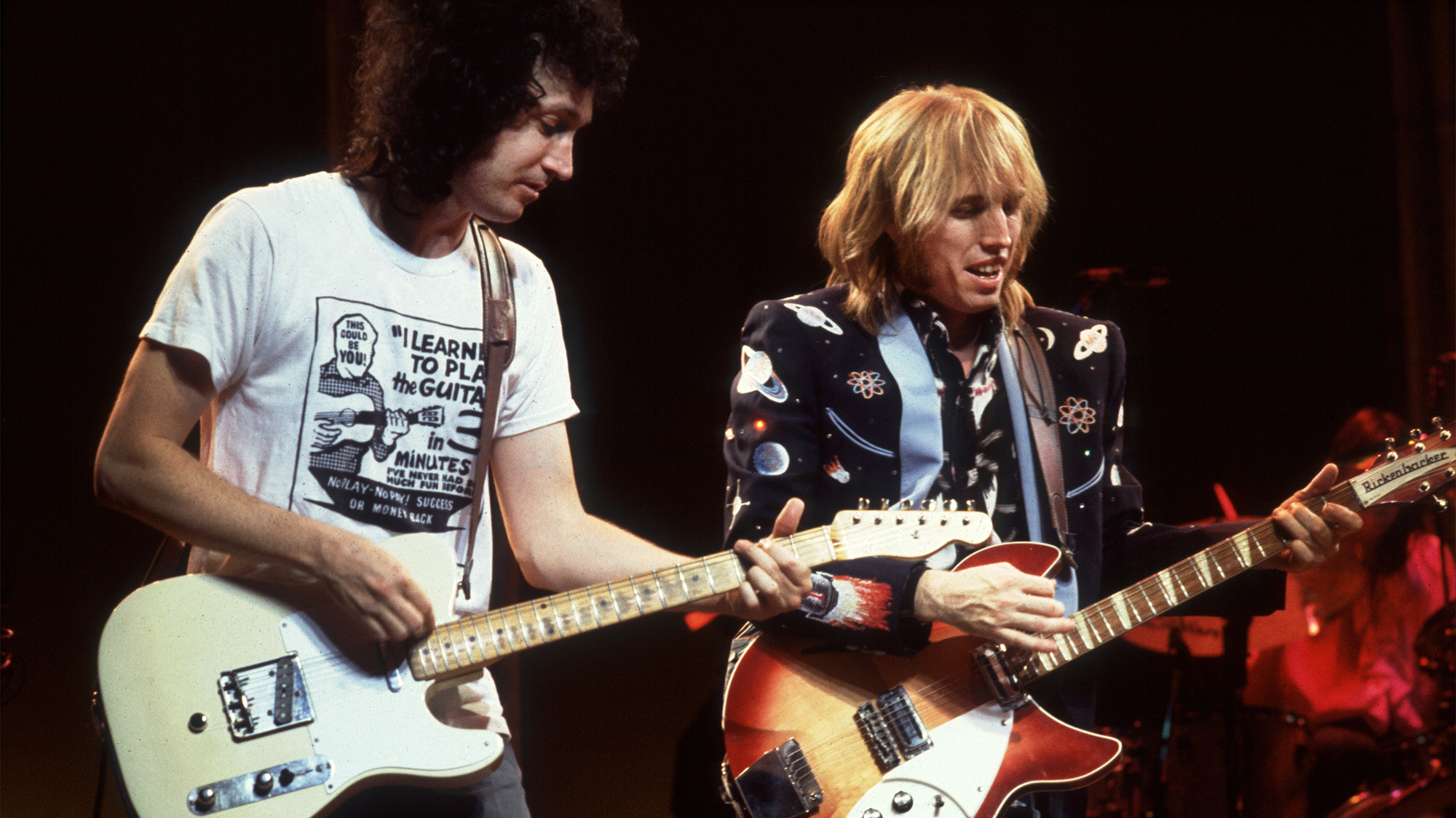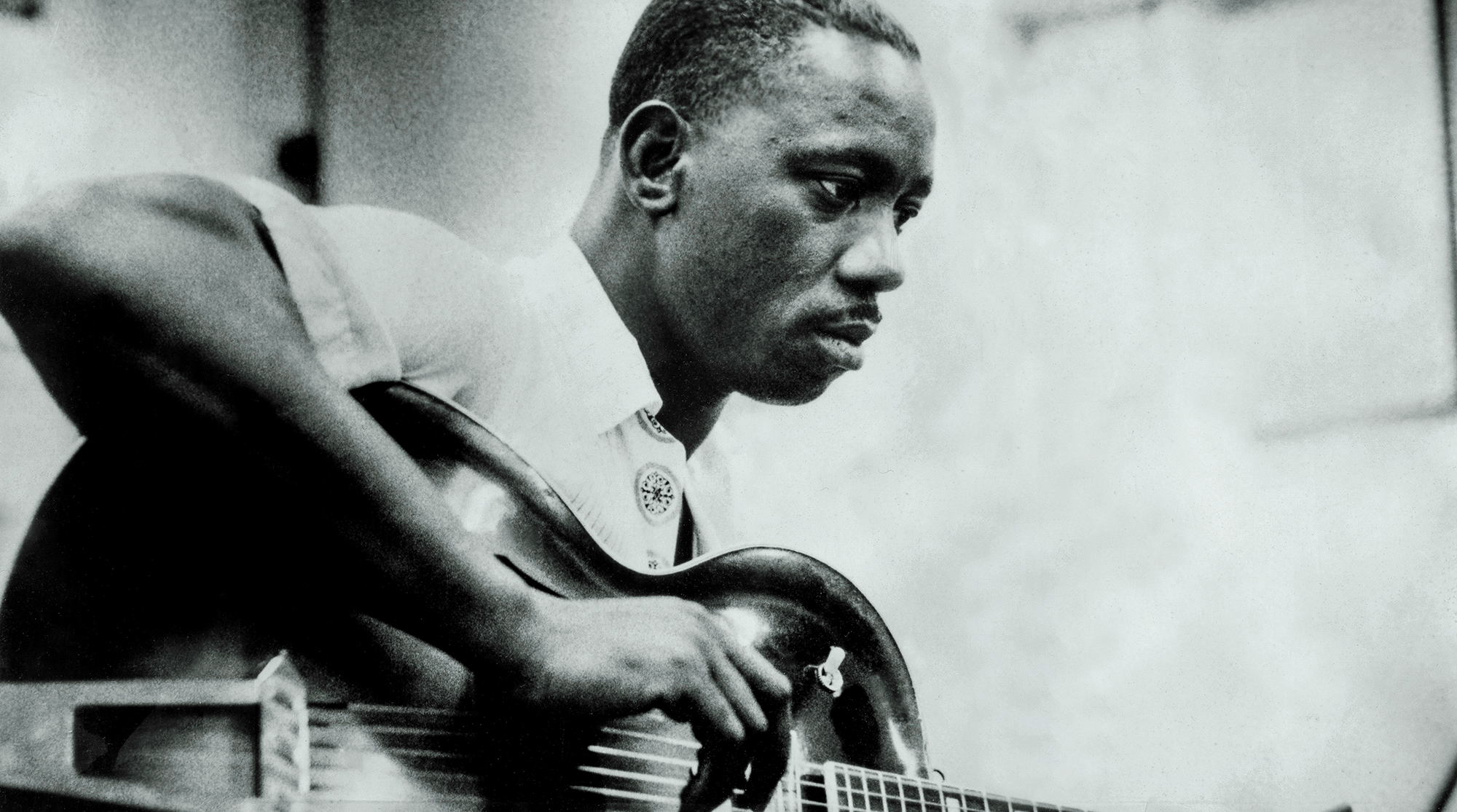“It’s the most misunderstood song I ever wrote. But some people said, ‘God! The audacity!’” Tom Petty on the song that defined him as a new kind of guitar-slinging American rocker
The tune went on to challenge the norms for music videos with a storytelling approach that was unique for the time

Tom Petty may belong to a long line of American rockers that includes Bob Seger, Bruce Springsteen and John Mellencamp. But as the guitarist told former Musician editor Bill Flanagan, he saw himself as an outlier among his fellow songwriters.
“I think that I’m a little more — dare I say — eccentric than those guys,” he said in 1986. “I know all those people quite well, and I think that they’re terrific,” he quickly added, but he said an effort had to be made to avoid falling into the music’s stylistic trap.
“The only danger I see in all this ‘American music’ thing is that four chords, guitars and drums is fine — but if that’s all it’s going to be, it’s weird. Are we going to inherit nostalgia, or are we going to give this music something?”
It was evident that Petty intended to do the latter, and perhaps no song better demonstrates that than “You Got Lucky,” from Long After Dark, Tom Petty and the Heartbreakers’ 1982 album. From its drum loop–based rhythm track to its synth riff and spaghetti western–inspired electric guitar solo, the song pushed Petty’s brand of American rock into new territory, showing others that you can break with tradition and still stay true to your roots.
Four chords, guitars and drums is fine — but if that’s all it’s going to be, it’s weird. Are we going to inherit nostalgia, or are we going to give this music something?”
— Tom Petty
The song began life in the hands of guitarist Mike Campbell, who wrote it with a synthesizer while playing along to a drum loop. It was a technique he used to write a number of songs for the Heartbreakers at the time.
“I wrote ‘Refugee’ to a drum loop I got off of a record. ‘Here Comes My Girl’ I wrote to a drum loop,” he said of composing two of Petty’s biggest early hits. “I didn't have a drummer in my demo studio at home, so I would make drum loops before there were drum machines.”
Later, when he bought a LinnDrum sample-based drum machine, Campbell would use the device to write songs like his 1984 Don Henley hit collaboration “The Boys of Summer.” (That in turn would lead to Bob Dylan working with Campbell in the belief that the LinnDrum was the key to writing a hit song. Unfortunately, Dylan was disappointed to learn that he had to follow the machine’s rhythm and tempo.)
All the latest guitar news, interviews, lessons, reviews, deals and more, direct to your inbox!

Once Campbell had the music for “You Got Lucky,” a new loop was created to replace it, with Heartbreakers drummer Stan Lynch doing the honors.
“Then we'd cut the tape and tape the loop together,” Campbell recalls, resulting in a loop that was many feet in length. “We ran it around the room over some mic stands and through the tape heads, and then printed that for three or four minutes, and then recorded the song over that drum loop.”
The main riff was played on a Yamaha DX7 synthesizer by Heartbreakers keyboardist Benmont Tench. Trained as a classical pianist, Tench never got bit by the synthesizer bug. "He begrudgingly played it," Petty said in the 2005 book Conversations With Tom Petty.
As for the heavily vibratoed guitar solo, Campbell says that was Petty’s idea.
“He suggested we do an Ennio Morricone guitar sound, kind of a vibrato arm Strat kind of solo,” Campbell told Songfacts. “Sort of a surf guitar with a tremolo arm, like a Clint Eastwood movie, a Good, The Bad And The Ugly kind of thing. It was Tom's idea to put that approach on there.” (Though it’s not known what guitar Campbell used on the song, it was possibly his “Red Dog“ Telecaster, although it may have been the red Gretsch Country Gentleman he mimes with in the song’s music video.)
When it came to the song’s lyrics, Petty wrote the song in character, an approach he would use to a great extent on Southern Voices, the band’s 1985 followup to Long After Dark. For “You Got Lucky,” he adopted the attitude of an insecure man convincing his partner that she couldn’t do any better than him.
That’s a very insecure person saying that! But it’s a very real emotion. I found it amusing, really, to sing that.”
— Tom Petty
But Petty said he had a hard time getting listeners to understand the true intent behind the song’s key line, “You got lucky, babe, when I found you.” It wasn’t a show of bravado, he insisted, but a display of weakness.
“‘You Got Lucky’ is the most misunderstood song I ever wrote,” he told Flanagan. “That’s a very insecure person saying that! But it’s a very real emotion. I found it amusing, really, to sing that.
“But some people said, ‘God! The audacity!’ Insecure people say things like that to protect themselves, to protect the real pain that they know is coming later.”
As much as the song’s changed up Petty’s brand of rock, the video for “You Got Lucky” demonstrated that music videos could tell stories, something that would prove vital as MTV became the primary vehicle for music in the early 1980s.
Unhappy with the idea of lip-syncing to the song, Petty and the group chose a narrative approach, in which the band discover an abandoned cassette player and a dust-covered arcade in a futuristic Mad Max–inspired desertscape. Unlike other videos, it opened with a minute-long prelude that established the narrative for what followed, creating a format that would be followed by other artists (including Michael Jackson, whose cinematically styled “Thriller” video came out in late 1983).
“It really changed everything,” Petty said. “No one had ever — even Michael Jackson — done a prelude to the video, a bit of business before the song started.
“But boy, did it explode. It really did change the way videos went. There were a lot of imitations after that."
Christopher Scapelliti is editor-in-chief of GuitarPlayer.com and the former editor of Guitar Player, the world’s longest-running guitar magazine, founded in 1967. In his extensive career, he has authored in-depth interviews with such guitarists as Pete Townshend, Slash, Billy Corgan, Jack White, Elvis Costello and Todd Rundgren, and audio professionals including Beatles engineers Geoff Emerick and Ken Scott. He is the co-author of Guitar Aficionado: The Collections: The Most Famous, Rare, and Valuable Guitars in the World, a founding editor of Guitar Aficionado magazine, and a former editor with Guitar World, Guitar for the Practicing Musician and Maximum Guitar. Apart from guitars, he maintains a collection of more than 30 vintage analog synthesizers.

